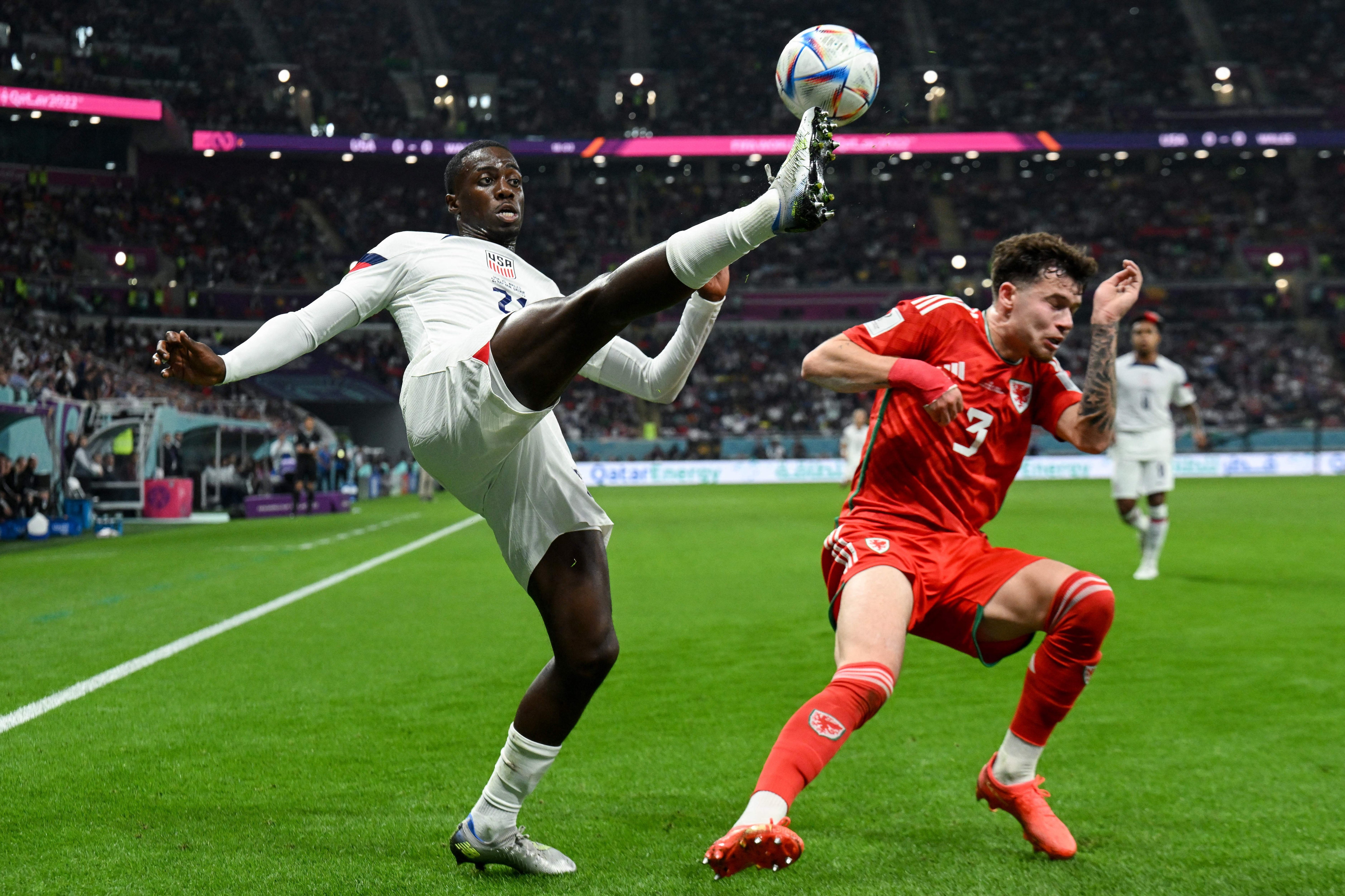
The first match of the men’s football World Cup kicked off in Qatar on 20 November, when the temperature was expected to be around 30 °C and humidity approaching 60%. When Qatar first won the bid to host the tournament 12 years ago, extreme heat was one of several concerns; since then, the average annual temperature in the country has risen by around 1°C. The 2022 tournament is the first to be held in November, to avoid Qatar’s hot summer. But how will the footballers fare? And does the tournament hold lessons for how sport more generally can adapt to a warming world?
The most telling measure when it comes to heat and athletes’ health is the wet-bulb globe temperature (WBGT), which combines heat, humidity and other factors, including the angle of the Sun and wind speed. High humidity makes conditions feel hotter, and the human body’s cooling mechanism—sweating so that water evaporates off the skin—is much less efficient because there is so much water in the air. So playing sport in high WBGTs can cause the body’s core temperature to rise dangerously high.
Air-conditioned stadiums will reduce the heat exposure for players in the World Cup—but teams might still experience some heat stress. The effect of air-conditioning will be much more pronounced for the audience than for those in the centre of the field, because the cool air emanates from under the seats in the stands and from the pitch side walls, says Carolyn Broderick, a sports scientist at the University of New South Wales in Sydney, Australia, who is chief medical officer for Tennis Australia and medical director of the Australian Olympic team. “It’s still cooler on field than outside the stadium, but to a lesser degree,” she says.
Several stadiums have an open roof and so, especially during midday matches, the players could still be vulnerable to heat stress, says Thijs Eijsvogels, an exercise physiologist at Radboud university medical centre in Nijmegen, the Netherlands. He adds that the training complexes at the World Cup are “just ordinary training fields, without any air-conditioning”.
Tropical animals
Players can prepare their bodies, if they have enough time. Eijsvogels helped to get Dutch athletes ready for another hot event: the Tokyo Olympic Games in 2020. Before the Olympics, he tested the athletes in controlled environments, at 16 °C and then in conditions that simulated the Tokyo summer climate. “We observed an average performance loss of 25%,” he says. To mitigate this, his team set about exposing the athletes to heat during training and found that their performance then improved in the hot conditions. “We are tropical animals,” explains Eijsvogels. For football players from climates similar to those in northern Europe, heat exposure for 10–14 days is enough to become fully acclimatized, he says.
Researchers are also experimenting with how to detect when an athlete is too hot—and how to cool them to safe levels. “The issue is not the hot environment, it’s the hot person,” says Ollie Jay, director of the Heat and Health Research Incubator at the University of Sydney. With Broderick, Jay and his colleagues have developed a heat-stress scale that can give a simple measure of risk as the heat rises. The system has been used successfully in the Australian Open tennis tournament, Jay says, leading to one of the women’s semi-finals in 2019 being paused to allow the stadium to be covered and cooled.
Other interventions found to be useful include ice towels and drinking cold water or ice slurries to cool the body’s core temperature. In tennis, Jay says, it is simple to include these mitigations at regular intervals, because the game has regular 90- or 120-second breaks. In football, it might be harder to engineer these breaks.
Climate change
The question of how to preserve athletic performance amid extreme heat is becoming more pressing as global warming sends temperatures soaring. The professional football players’ union, FIFPRO in Amsterdam, has urged the football industry to pay more attention to playing in the heat, which it has linked to climate change. It is calling for more player protection, including water breaks.
Amateur athletes could suffer the most from climate change, because they have less access than professional athletes to mitigation and acclimatization interventions, says Eijsvogels.
With smart management, mitigation and monitoring, sport can continue in a changing climate, says Jay. “If you have a risk-management system in place that is evidence-based and works, and it’s implemented correctly, what you’re actually doing is expanding the conditions that players can safely play,” he says.
This article is reproduced with permission and was first published on November 18 2022.
